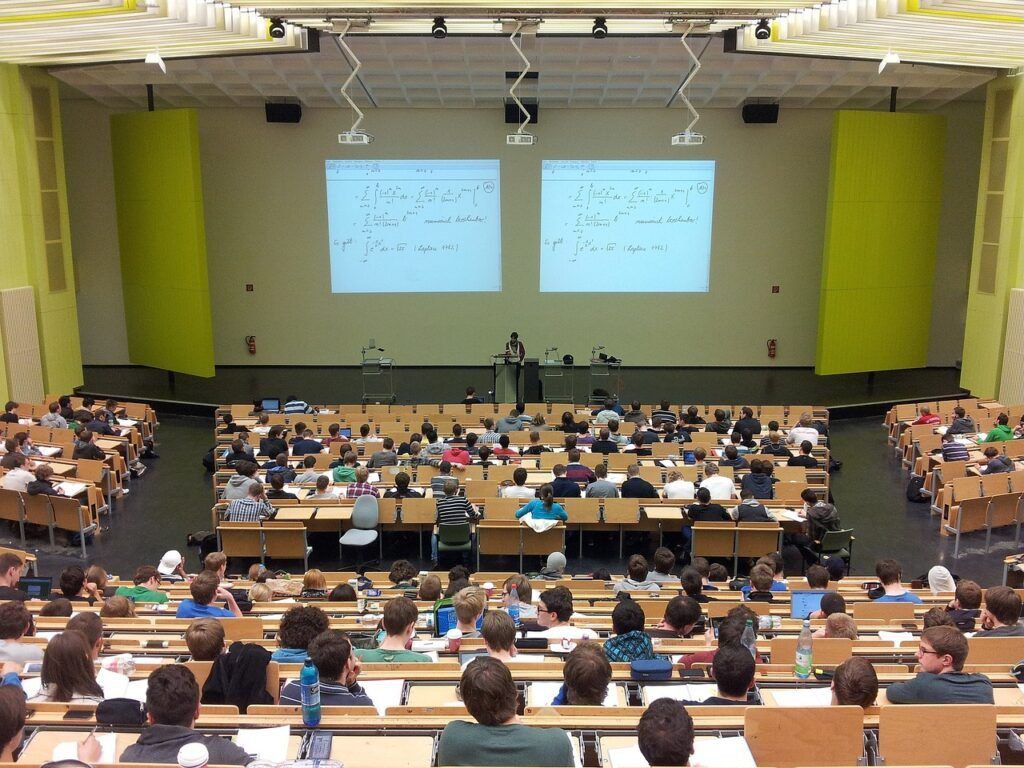In 2025, global literacy no longer depends solely on government programs or textbook donations. It’s being transformed—quietly, yet powerfully—through affordable technology. In low-income countries across Africa, South Asia, and Latin America, smart classrooms powered by low-cost devices, open-source software, and solar energy are redefining how education is delivered to underserved communities.
What was once thought to be an elite concept—AI in classrooms, digital whiteboards, cloud learning—has now reached mud-walled schools and rural village centers. Thanks to a surge in low-cost edtech innovations, even the most marginalized students are getting access to 21st-century education.
This article explores how smart classrooms are transforming literacy rates, the technologies making it possible, how teachers are adapting, the measurable impact on learners, and what challenges still lie ahead.
What Is a Smart Classroom?
A smart classroom is a learning environment enhanced by technology to improve teaching, engagement, and learning outcomes. It includes:
- Digital devices (tablets, solar laptops, smartphones)
- Interactive learning platforms (online or offline)
- Educational apps and games
- Internet (or local networks like Raspberry Pi servers)
- Often powered by renewable energy sources in off-grid areas
Unlike high-end smart classrooms in developed countries, those in low-income settings are designed with minimal infrastructure, maximum impact.
The Global Literacy Problem
According to UNESCO’s 2024 data:
- 763 million people worldwide still lack basic literacy skills
- 90% of these people live in low-income or conflict-affected regions
- COVID-19 widened the gap, with over 100 million children still below minimum reading proficiency levels
Traditional solutions—textbook distribution, teacher aid programs—haven’t scaled fast enough. That’s where smart classrooms come in.
What Technologies Are Powering Smart Classrooms in 2025?
1. Solar-Powered Tablets
Devices like the Kio Kit by BRCK (https://www.brck.com/kio-kit) and SolarSPELL deliver:
- Preloaded educational content
- Offline access to curriculum and media
- Charging via solar panels
- Rugged design for rural conditions
Each kit can serve an entire classroom, turning any space into a digital learning hub.
2. Raspberry Pi-Based Learning Servers
Non-profits like World Possible deploy RACHEL (Remote Area Community Hotspot for Education & Learning)—a Raspberry Pi device loaded with:
- Wikipedia in multiple languages
- Khan Academy videos
- Open-source textbooks
- Localized content in native languages
It runs without internet and creates a Wi-Fi hotspot where students connect using their own or shared devices.
3. Offline-First Educational Platforms
Platforms like:
- Kolibri (https://learningequality.org/kolibri)
- MoodleBox
- KA Lite
Allow teachers to run full offline learning management systems with quizzes, lessons, and progress tracking.
4. Low-Cost Projectors + e-Ink Boards
Using projectors with smart pens or e-ink whiteboards, teachers display visual lessons powered by simple smartphones. Some kits cost under $100.
5. SMS & Radio Learning
Where devices are scarce, hybrid tech is used:
- Interactive radio instruction (IRI) broadcasts daily curriculum
- SMS quizzes allow students to answer and get feedback without internet
Countries Leading the Smart Classroom Revolution
🇰🇪 Kenya: Solar Classrooms in Turkana
Partnering with UNICEF and BRCK, the Kenyan government set up 100+ solar-powered digital classrooms in remote Turkana County. Literacy scores among children ages 6–10 increased by 31% in two years.
🇮🇳 India: Smart Villages with Digital Desks
States like Odisha and Bihar are equipping rural schools with smart boards and preloaded tablets via EduBridge and Pratham. Girls’ enrollment and retention have notably increased.
🇧🇩 Bangladesh: Boat Schools Go Smart
In flood-prone regions, Shidhulai Swanirvar Sangstha runs boat schools with Wi-Fi, tablets, and solar libraries. Over 90,000 children have received education continuity during monsoons.
🇺🇬 Uganda: Offline Learning Servers
The NGO Teach A Man To Fish deploys Raspberry Pi servers with entrepreneurship curriculum. Students earn while they learn and literacy goes up alongside income.
How Smart Classrooms Are Impacting Literacy
| Metric | Traditional Classrooms | Smart Classrooms |
|---|---|---|
| Reading Comprehension | 40–50% proficiency | 65–80% proficiency |
| Attendance | 60–70% | 90%+ where smart tech is active |
| Teacher Prep Time | High | Reduced by 30–50% via digital lessons |
| Student Engagement | Low in crowded classes | Significantly higher due to gamified content |
| Female Student Participation | Often limited | Increased by 40% with home-access devices |
Why it works:
- Visual and interactive content improves understanding
- Preloaded local language materials bridge cultural gaps
- Solar power and offline models ensure uninterrupted access
- Students learn at their own pace—even at home
What About Teachers?
One of the biggest challenges is training teachers to use smart classroom tech.
In 2025, NGOs and local governments are:
- Offering AI-powered teacher training modules
- Creating peer-to-peer video tutorials in local dialects
- Building support hotlines for tech troubleshooting
- Including teachers in the design process for better adoption
Teachers say they feel:
- More confident in lesson delivery
- Less burdened by manual prep
- Better able to support diverse learning speeds
Not Just Literacy—Life Skills Too
Smart classrooms are not just improving literacy but introducing:
- Financial literacy (using AI games and real-life budgeting apps)
- Digital skills (basic coding, typing, safe internet use)
- Health education (through interactive modules on hygiene, nutrition, mental health)
Platforms like Ustad Mobile help children AND parents gain critical knowledge in under-connected regions.
Challenges Still to Overcome
Despite the growth, several challenges persist:
- Hardware shortages due to funding limits
- Maintenance issues in remote areas
- Power/electricity gaps in extreme conditions
- Language barriers if localized content isn’t available
- Digital divide within communities (some kids still left out)
Solutions include:
- Community-shared devices
- Micro solar-charging stations
- Content crowdsourcing in regional languages
- Involving parents and community elders in training
What’s Next: 2030 and Beyond
By 2030, expect to see:
- AI tutors for every student via lightweight devices
- Neural reading assistance for dyslexic learners
- Blockchain learning records for credential storage
- Gamified community learning kiosks in every rural market
- Public-private partnerships between Big Tech and village schools
EdTech companies are also working on voice-based learning apps that don’t require reading ability to begin with—giving pre-literate children a head start.
Final Takeaway
Smart classrooms in low-income countries are proof that innovation doesn’t always mean expensive or futuristic. Sometimes, the smartest tech is affordable, solar-powered, and designed for offline use.
In these rural huts and community halls, a quiet revolution is taking place—one that’s equipping the next generation of learners with the literacy and life skills they need to change their futures.
And in doing so, they’re redefining global education from the bottom up—not the top down.

